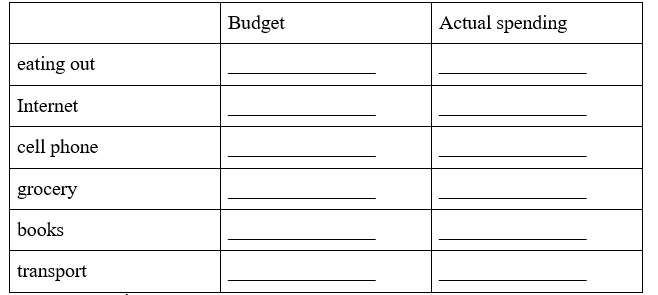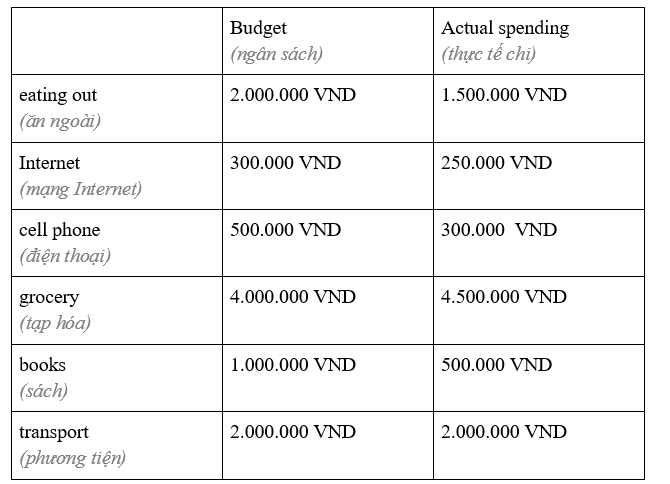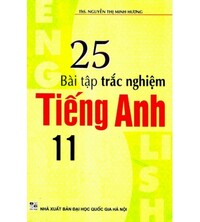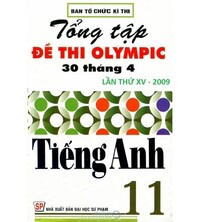Tiếng Anh 11 Unit 7 7.3 Listening
1. Fill in the table below. How much does your family budget and actually spend on the following items every month? 2. Match the definitions with the given words and phrases. 3(7.04) Listen again and complete the summary of the lecture below with NO MORE THAN TWO WORDS. 4(7.05) Listen to a lecture given by a university professor. What will the next part of the lecture be about?
Bài 1
I can identify main points and details in instructions about financial management.
(Tôi có thể xác định các điểm chính và chi tiết trong hướng dẫn về quản lý tài chính.)
1. Fill in the table below. How much does your family budget and actually spend on the following items every month?
(Điền vào bảng dưới đây. Ngân sách dự chi của gia đình bạn bao nhiêu và thực sự chi bao nhiêu cho các mục sau đây mỗi tháng?)

Lời giải chi tiết:

Bài 2
2. Match the definitions with the given words and phrases.
(Nối các định nghĩa với các từ và cụm từ đã cho.)

1. __________ planning and controlling financial activities.
2. __________ an amount of money to be paid.
3. __________ a small amount of money parents regularly give to their children.
4. __________ the money someone has left over after spending some of it
5. __________ a small plastic card used to buy goods and services and pay for them later.
6. __________ to work for a particular amount of money
Phương pháp giải:
Giải nghĩa:
credit card: thẻ tín dụng
earn money: kiếm tiền
financial management: quản lý tài chính
payment: thanh toán
pocket money: tiền tiêu vặt
savings: tiền tiết kiệm
Lời giải chi tiết:
1. financial management
planning and controlling financial activities.
(lập kế hoạch và kiểm soát các hoạt động tài chính.)
2. payment
an amount of money to be paid.
(một số tiền phải trả.)
3. pocket money
a small amount of money parents regularly give to their children.
(một số tiền nhỏ cha mẹ thường xuyên cho con cái của họ.)
4. savings
the money someone has left over after spending some of it.
(số tiền mà ai đó còn lại sau khi chi tiêu một phần của nó)
5. credit card
a small plastic card used to buy goods and services and pay for them later.
(một thẻ nhựa nhỏ được sử dụng để mua hàng hóa và dịch vụ và thanh toán sau.)
6. earn money
to work for a particular amount of money
(để làm việc cho một số tiền cụ thể)
Bài 3
3(7.04) Listen again and complete the summary of the lecture below with NO MORE THAN TWO WORDS.
(Nghe lại và hoàn thành phần tóm tắt của bài giảng dưới đây với KHÔNG QUÁ HAI TỪ.)
Three skills of 1___________ ___________
1. saving money
2. spending money
3. earning money
Part 1: saving money
- Teenagers should start
2___________ ___________
- Teenagers should have
3___________ ___________
- Teenagers should deposit money into a bank
- Bank will issue teenagers
4___________ ___________
- They should avoid
5___________ ___________
Tạm dịch:
Ba kỹ năng của 1___________ ___________
1. tiết kiệm tiền
2. tiêu tiền
3. kiếm tiền
Phần 1: tiết kiệm tiền
Thanh thiếu niên nên bắt đầu
2___________ ___________
Thanh thiếu niên nên có
3___________ ___________
Thanh niên nên gửi tiền vào ngân hàng
Ngân hàng sẽ phát hành thanh thiếu niên
4___________ ___________
Họ nên tránh
5___________ ___________
Bài 4
4(7.05) Listen to a lecture given by a university professor. What will the next part of the lecture be about?
(Nghe một bài giảng của một giáo sư đại học. Phần tiếp theo của bài giảng sẽ nói về điều gì?)
A. understanding bank cards (hiểu về các loại thẻ ngân hàng)
B. spending money (tiêu tiền)
C. saving money (tiết kiệm tiền)
D. earning money (kiếm tiền)
Bài 5
5. In groups, talk about how you and your family manage your money for the items in Exercise 1. You should talk about: how you save money, spend money and earn money.
(Theo nhóm, hãy nói về cách bạn và gia đình quản lý tiền của bạn cho các mục trong Bài tập 1. Bạn nên nói về: cách bạn tiết kiệm tiền, tiêu tiền và kiếm tiền.)
I try to save 10% of all my pocket money.
My parents only shop for things we really need.
(Tôi cố gắng tiết kiệm 10% tổng số tiền tiêu vặt của mình.
Bố mẹ tôi chỉ mua sắm những thứ chúng tôi thực sự cần.)
Lời giải chi tiết:
1. Saving money: (tiết kiệm tiền)
I always put 10.000 VND into my piggy bank everyday.
My mother tries to save 30% of family’s income.
(Ngày nào em cũng bỏ 10.000 đồng vào heo đất.
Mẹ tôi cố gắng tiết kiệm 30% thu nhập của gia đình.)
2. Spending money (kiếm tiền)
My mother only goes shopping twice a month.
My family goes out to eat only once a month.
(Mẹ tôi chỉ đi mua sắm hai lần một tháng.
Gia đình tôi mỗi tháng chỉ đi ăn ngoài một lần.)
3. Earning money (kiếm tiền)
My parents work at an office and get paid at the end of the month.
My parents give me 200.000 VND every week as pocket money.
(Bố mẹ tôi làm việc tại một văn phòng và được trả lương vào cuối tháng.
Bố mẹ tôi cho tôi 200.000 đồng mỗi tuần để tiêu vặt.)
Bài 6
6(7.06) Listen and tick (✔) if the intonation rises or falls in the tag questions.
(Nghe và đánh dấu (✔) nếu ngữ điệu tăng hoặc giảm trong câu hỏi đuôi.)
PRONUNCIATION FOCUS: INTONATION IN TAG QUESTIONS
(TRỌNG TÂM PHÁT ÂM: NGỮ ĐIỆU TRONG CÂU HỎI ĐUÔI)
With tag questions, the intonation falls if the speaker thinks the statement is true. However, it rises if the speaker isn't sure if the statement is correct.
(Với câu hỏi đuôi, ngữ điệu sẽ giảm nếu người nói nghĩ rằng câu đó là đúng. Tuy nhiên, nó tăng lên nếu người nói không chắc câu nói đó có đúng không.)
1. You brushed your teeth this morning, didn't you?
Rising intonation ロ Falling intonation ロ
2. You don't have any more pocket money, do you?
Rising intonation ロ Falling intonation ロ
3. You have a credit card, don't you?
Rising intonation ロ Falling intonation ロ
4. Your parents gave you some money, didn't they?
Rising intonation ロ Falling intonation ロ
5. It's time to start saving money, isn't it?
Rising intonation ロ Falling intonation ロ
Search google: "từ khóa + timdapan.com" Ví dụ: "Tiếng Anh 11 Unit 7 7.3 Listening timdapan.com"







